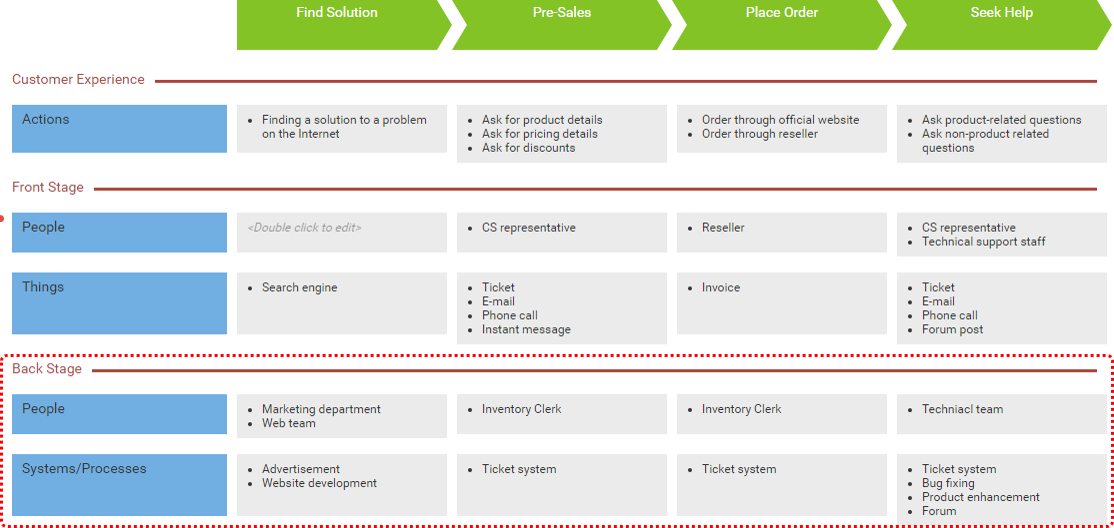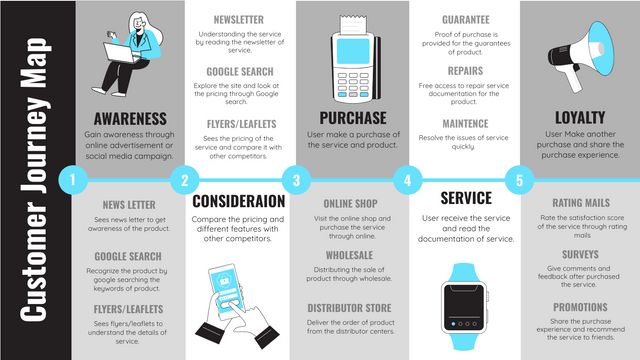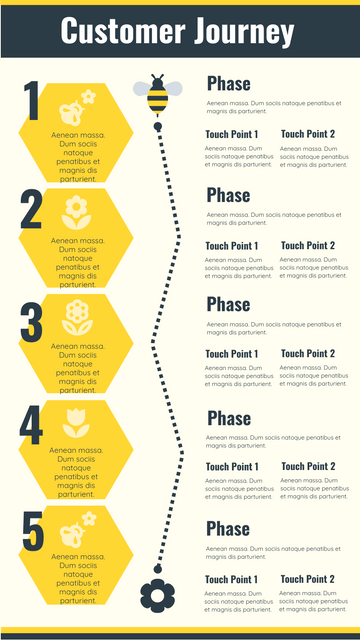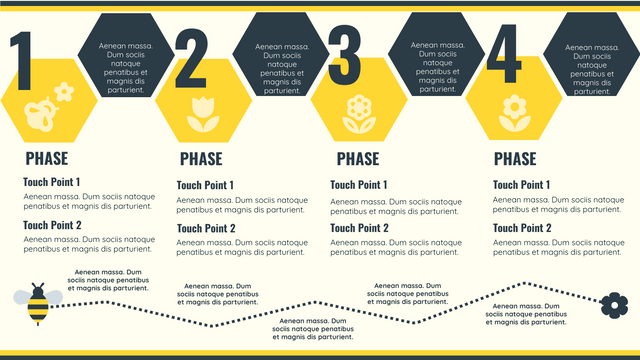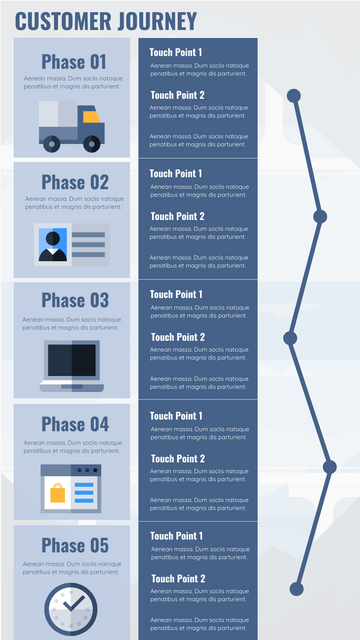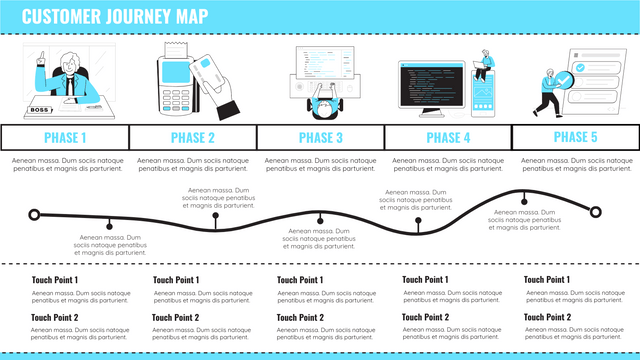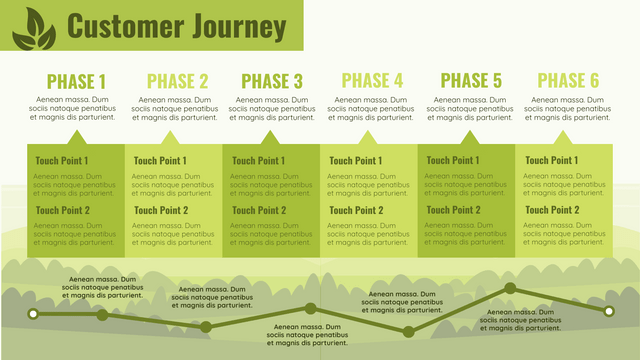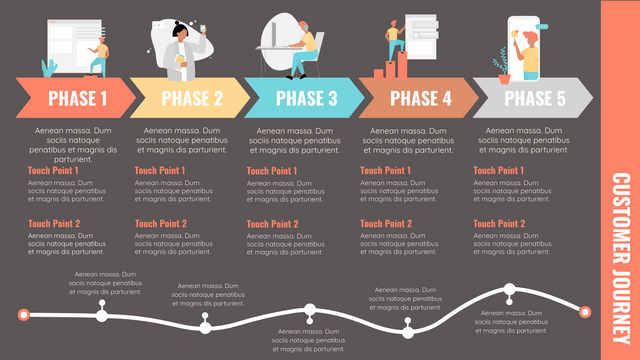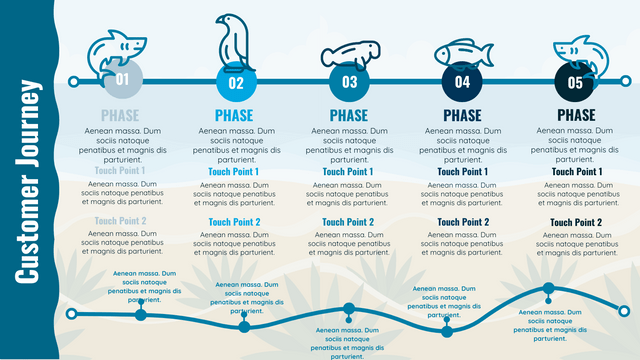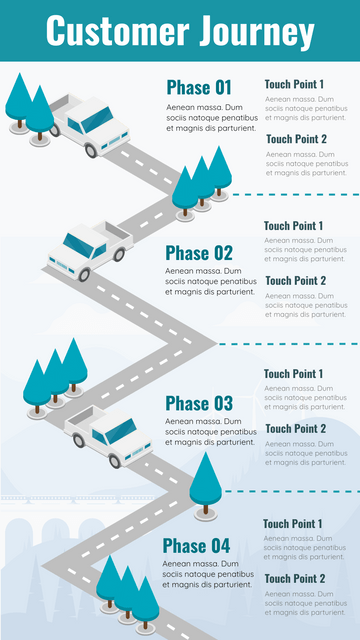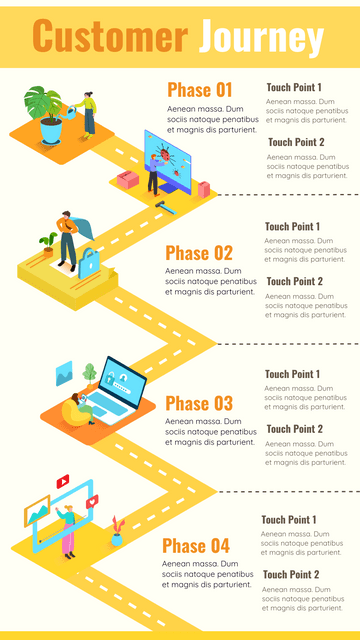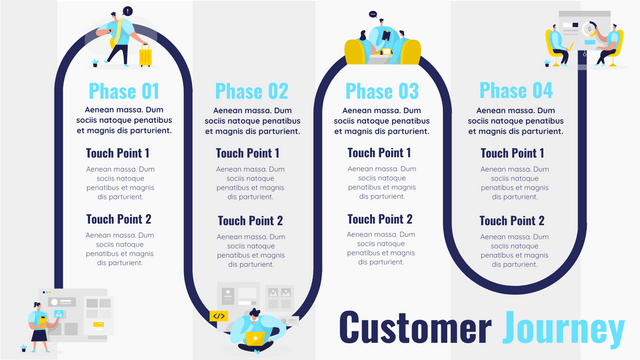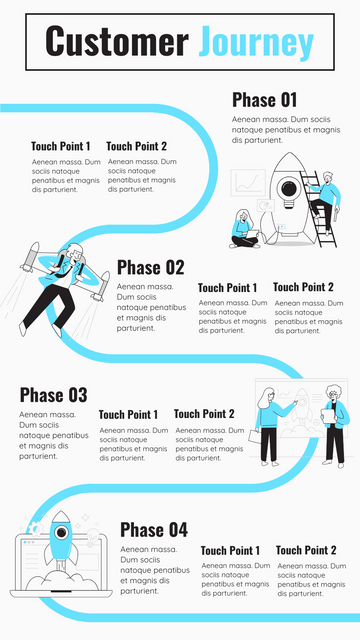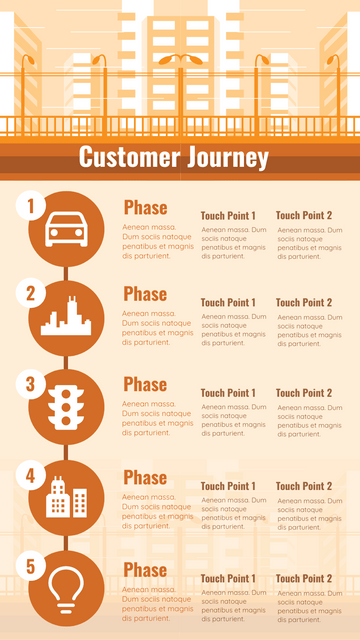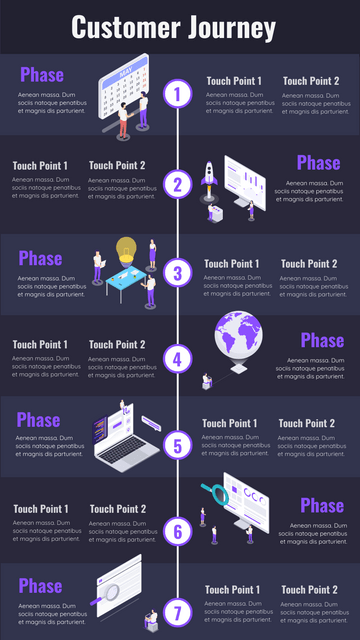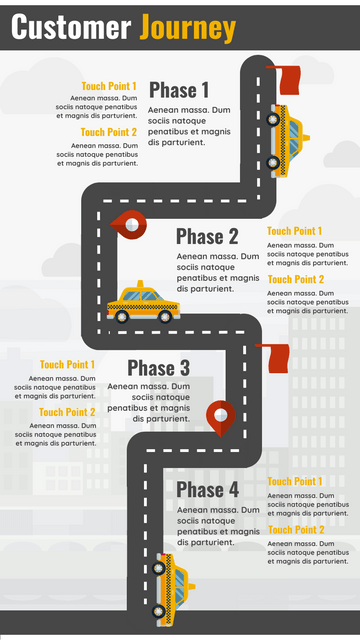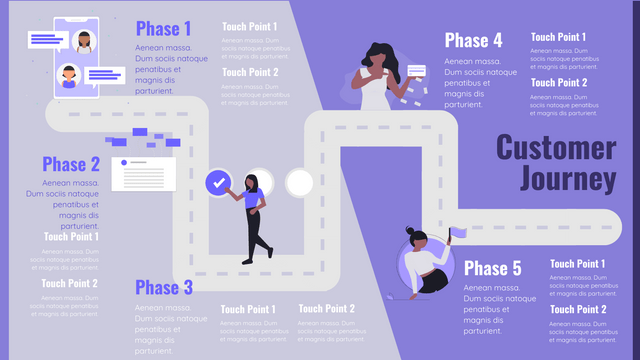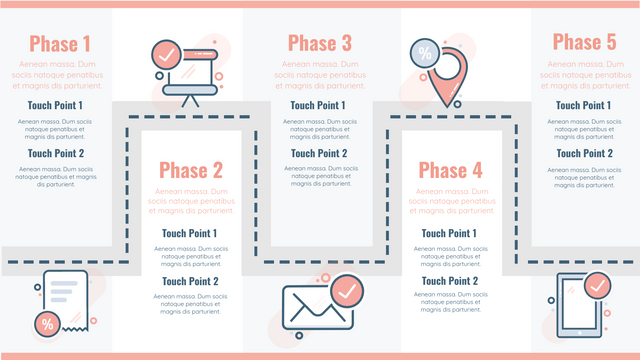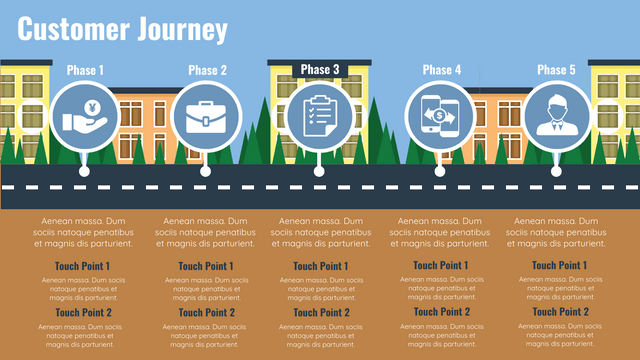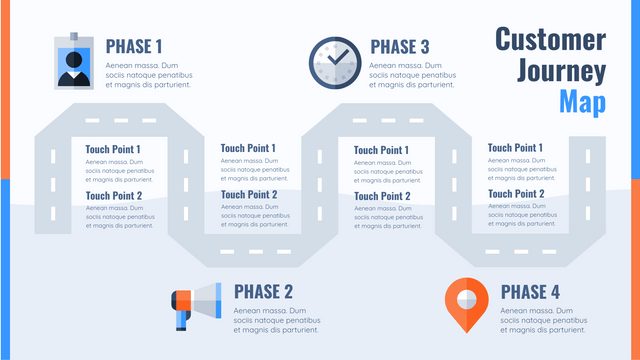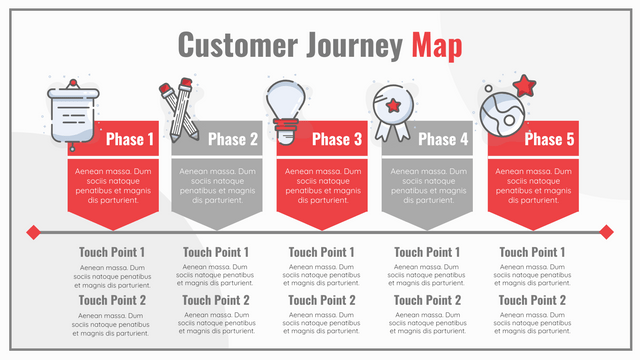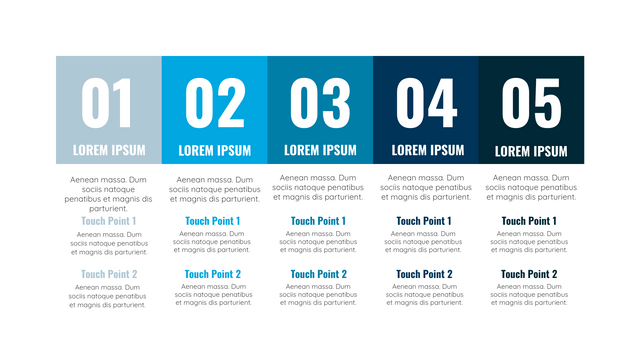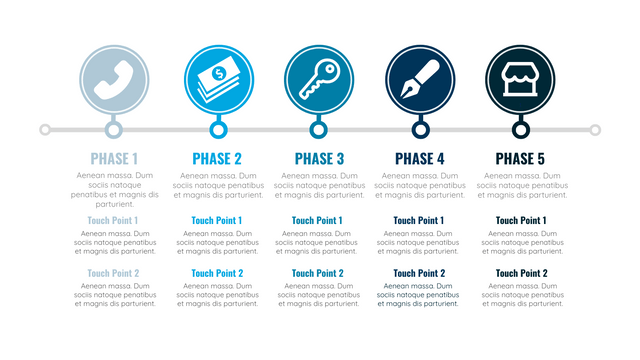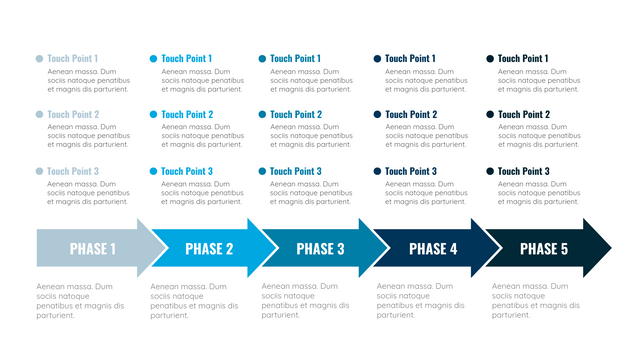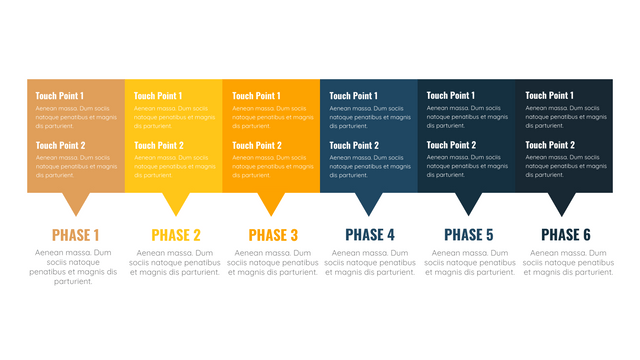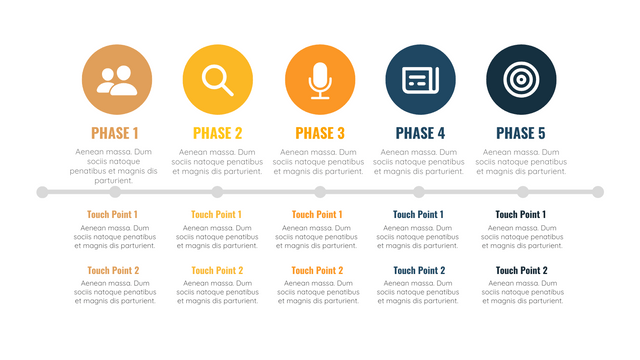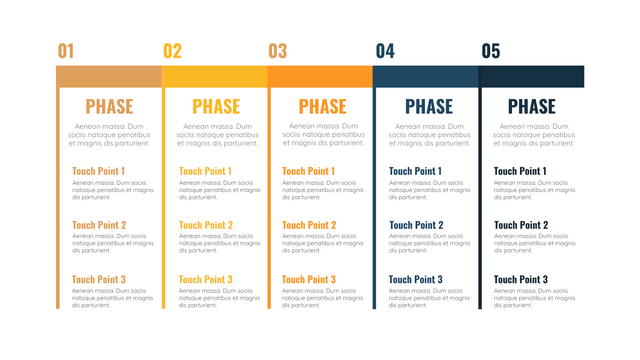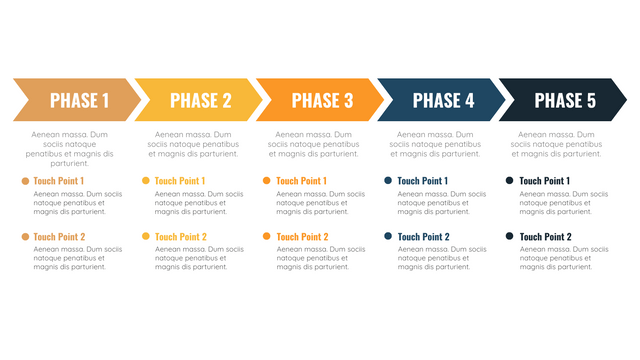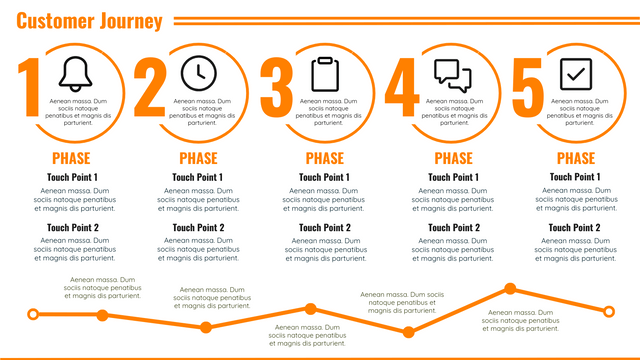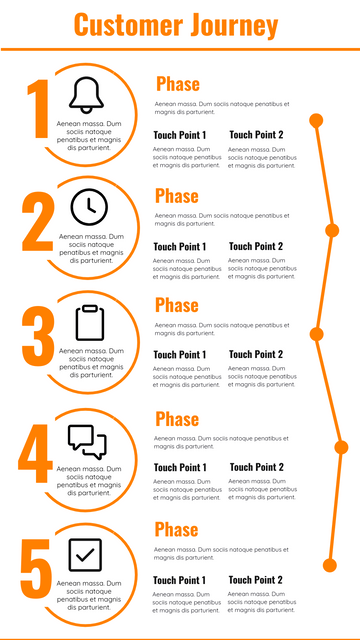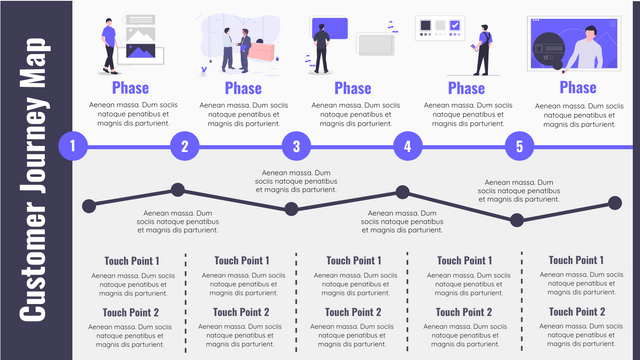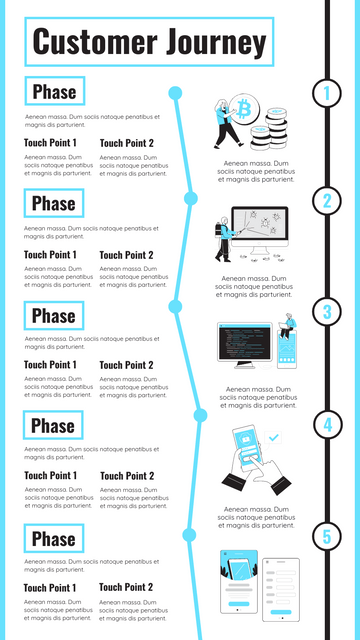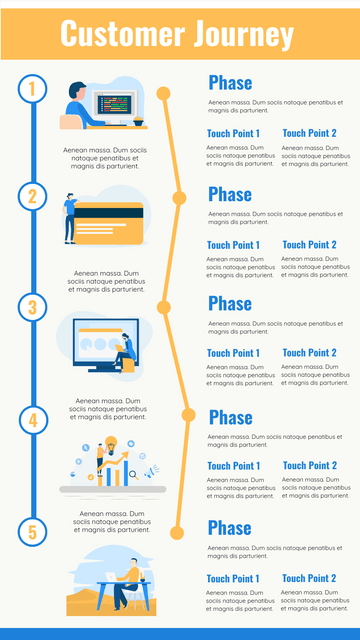Two Useful Techniques for CJM
Identifying opportunities to drive growth by investing in customer experience improvement is a key goal of many journey mapping programs. You should create a customer journey map as a tool to use in your action plan. This will show you where to identify opportunities, assess their impact, costs, etc., and ultimately set investment priorities for your organization.
Some maps clearly list the key opportunities on the map. It's a very helpful communication tool, especially when important opportunities are prioritized and added. In this way, the journey map becomes an ongoing communication and governance document.
Visualize Frontstage and Backstage operations - So far, my focus has been on the front of the stage or the outside. The back end refers to the internal systems, processes, and people involved in the process. This is the inside-out view of the trip. When combined in a single journey map, these two views are often referred to as foreground/background maps or ecosystem maps.
Mapping the front and back ends onto a single map creates visibility into the internal resources and processes responsible for providing visibility into the customer experience, which helps your organization understand what is involved in providing and ultimately improving the customer experience.
